SIR 2025
Interventional Oncology
Scientific Session
Histotripsy of the Stomach Wall During Hepatic Histotripsy in an Acute Swine Model
.jpg)
Meridith Kisting, MA (she/her/hers)
Medical Student
Carle Illinois College of Medicine, United States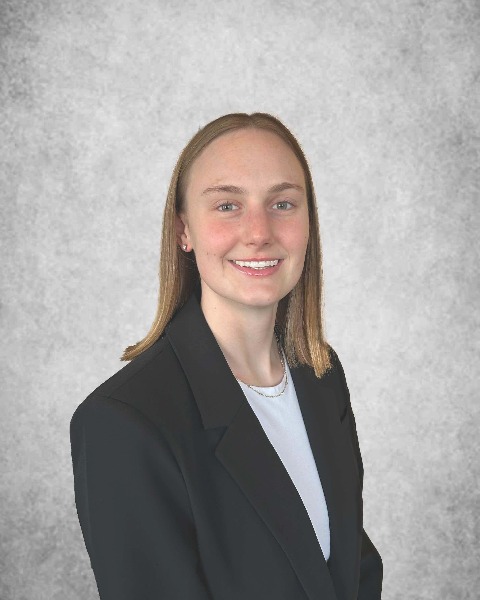
Adrienne L. Kisting, MS (she/her/hers)
Research Intern
University of Wisconsin-Madison, United States- SK
Shreya Kurichety, None
Research Assistant
University of Wisconsin, United States 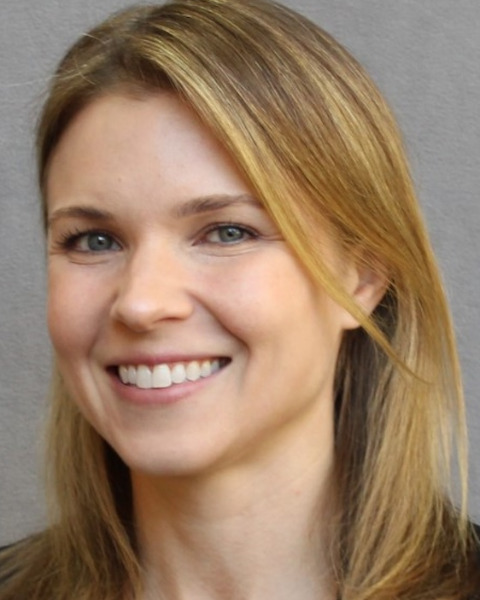
Allison Couillard, MD
Resident
University of Wisconsin Hospitals and Clinics, United States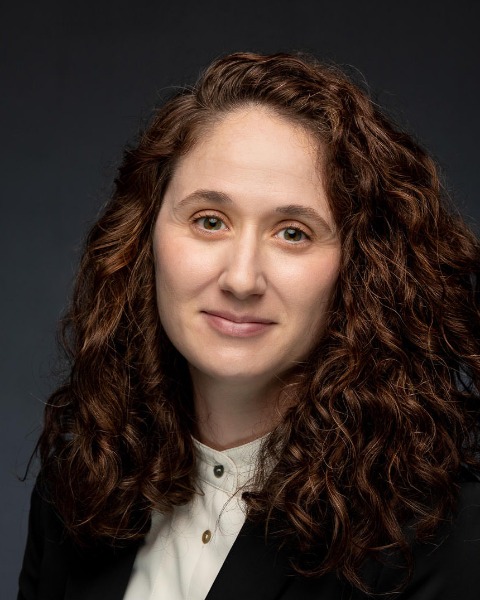
Anna M. Sorensen, MD, MSc (she/her/hers)
Resident
University of Wisconsin Hospital and Clinics, United States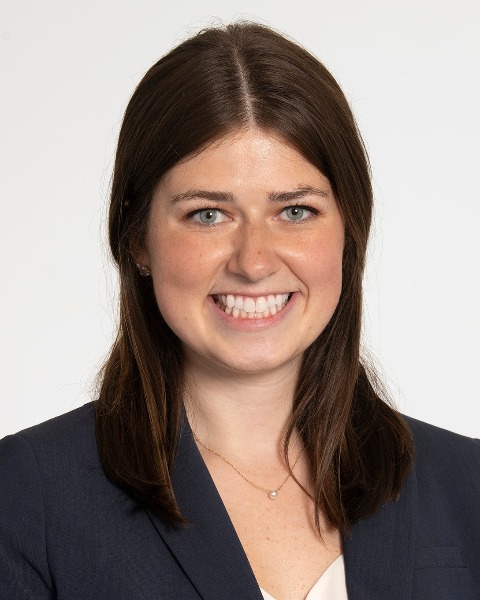
Emily A. Knott
Student
Cleveland Clinic Lerner College of Medicine, United States- JW
Jim White, n/a
Laboratory Manager
University of Wisconsin - Madison, United States - CB
Charles Bradley, VMD
Assistant Professor
University of Pennsylvania School of Veterinary Medicine, United States 
Katrina Falk, MS
MD-PhD Student
University of Wisconsin-Madison, United States- LH
Louis Hinshaw, MD
Professor
University of Wisconsin School of Medicine and Public Health, United States - ML
Meghan Lubner, MD
Professor
University of Wisconsin - Madison, United States - JS
John F. Swietlik, MD
Assistant Professor
University of Wisconsin, United States 
Martin G. Wagner, PhD
Assistant Professor
University of Wisconsin Madison, United States
Paul F. Laeseke, MD, PhD
Assistant Professor
University of Wisconsin, United States- FL
Fred T. Lee, Jr., MD
Professor
University Of Wisconsin, United States 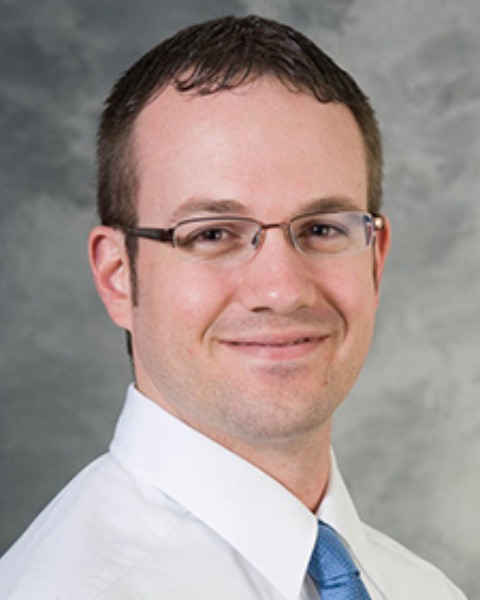
Timothy J. Ziemlewicz, MD
Professor of Radiology
University of Wisconsin Hospital and Clinics, United States
Presenting Author(s)
Author/Co-author(s)
Histotripsy is a non-invasive focused ultrasound treatment that mechanically destroys liver tumors via cavitation. Tumors in the left hepatic lobe are good candidates for histotripsy due to an ultrasound window unobstructed by ribs. However, this location is adjacent to the stomach which could potentially be injured if included in the treatment prescription. The purpose of this study is to evaluate the safety of hepatic histotripsy when treatment margins extend into either collapsed or gas-filled stomach in an acute swine model.
Materials and Methods:
A total of 6 female pigs (mean wt=50 kg) each received two 2.5 cm spherical hepatic histotripsy treatments (n=12) with an ~0.5 cm margin extending into either a gas-filled or collapsed stomach (Edison, Histosonics, Inc.). Insufflation was controlled with an orogastric tube. Post-procedure contrast-enhanced CT was performed before sacrifice and necropsy. Stomach damage was evaluated by histology on a 5-point scale (0=no injury, 1=mild injury, 2=severe injury to a tissue layer, 3=complete destruction of a stomach layer, 4=transmural injury of the stomach wall expected to result in perforation).
Results:
Treatment of the liver and adjacent stomach wall was successful in all 12 cases as verified by visible hemorrhage on the stomach serosa and mucosa at necropsy. There was a single (1/12) severe transmural injury at risk for future perforation in the collapsed group. Severe (but not transmural) injuries occurred in 2/12 treatments and mild injury occurred in 9/12 treatments. On CT, injury to the stomach was visible in 10/12 cases, but there were no perforations or instances of free air.
Conclusion:
Histotripsy can cause damage to the stomach wall when included in the histotripsy prescription. All but one of the gastric injuries appear minor, and a gas-filled stomach may be protective. Further work is needed to define parameters that will ensure safe treatment for tumors abutting the stomach.


.jpg)